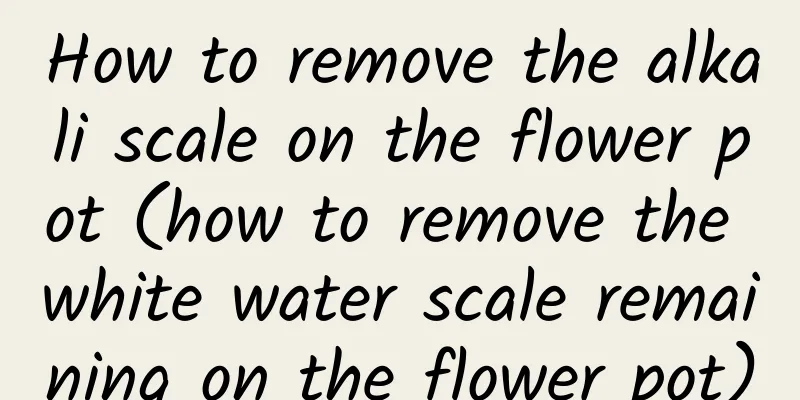How to transplant Prunus mume

Preparation before transplantingChoose a flower pot of appropriate size and cover the bottom hole of the pot with two thin tiles or thin foam sheets to ensure that the soil in the pot is not washed away by water while allowing excess water to flow out in time. First, place a 2-3 cm thick coarse-grained substrate at the bottom of the pot as a water filter layer, sprinkle a layer of fully decomposed organic fertilizer as base fertilizer, about 1-2 cm thick, and then cover it with a thin layer of substrate, about 1-2 cm thick. The substrate for transplanting Prunus mumeThe substrate can be selected from one of the following: garden soil: slag = 3:1; or garden soil: medium-coarse river sand: sawdust (vegetable residue) = 4:1:2; or one of paddy soil, pond mud, and leaf mold. Steps for transplanting elmleaf plumWhen transplanting seedlings, first dig a planting hole and sprinkle a layer of organic fertilizer at the bottom of the planting hole as base fertilizer (basal fertilizer), with a thickness of about 4-6 cm. Cover with another layer of soil and put the seedlings in to separate the fertilizer from the roots and avoid burning the roots. After placing the seedlings, backfill the soil to cover the roots, tamp the soil down with your feet, and water it thoroughly. Maintenance and management of Prunus mume after transplantingTransplanting of Prunus armeniaca is best done in spring and autumn. When planting, the hole should be filled with sufficient rotted base fertilizer and watered thoroughly after planting. Water the plant 2-3 times during the dry spring season. No watering is needed at other times. Also, pay attention to drainage during the rainy season. Top dressing can be done 1 or 2 times in May and June each year to promote the differentiation of flower buds in the plants. Pay attention to pruning branches during the growth process. After the flowering period, carry out moderate pruning, leaving 3-5 buds on each strong branch. After the beginning of the dog days, do another pruning, and at the same time top and pinch the branches to concentrate nutrients and promote the germination of flower buds. Apply liquid fertilizer once after pruning. After flowering in June, in addition to pruning the branches, they should also be tied and bent to inhibit the dominant growth of the apical part. |
<<: Four seasons maintenance method of elmleaf plum
>>: How to repot the elmleaf plum
Recommend
Cultivation methods and precautions for potted lilac
1. Soil Lilac does not have high requirements for...
Can Christmas cactus be placed indoors?
1. Can it be placed indoors? Under normal circums...
How to sow sunflower seeds
Sunflower seed sowing time Sunflower seeds are ge...
Sunflower cultivation technology, how to cultivate sunflower seedlings
1. Soil requirements It is tolerant to poor soil ...
Does mountain rose prefer shade or sun?
Does mountain rose prefer shade or sun? Mountain ...
How often should I water the Jade Plant in summer?
Watering frequency of Jade Plant in summer Jade p...
What should I do if the leaves of the star beauty are shriveled?
The reasons for the shriveling of the leaves of t...
Cutting methods and precautions for Fuchsia
Fuchsia, also known as lantern flower and hanging...
How to grow moonflower
1. Maintenance methods 1. Temperature: Its normal...
How to grow purple-leafed Oxalis
1. Soil It likes fertile and moist soil, so the b...
What kind of flower pot is good for cactus?
What kind of flower pot is suitable for cactus Th...
Seabuckthorn sowing and seedling raising technology, seabuckthorn sowing time
1. Sowing time Sea buckthorn sowing is divided in...
How to sow peony seeds
Sowing time Peony seeds generally mature in early...
How many days does it take for okra to germinate?
How long does it take for okra to germinate? Okra...
When is the best time to sow garlic?
Garlic sowing time Garlic, also known as garlic, ...









